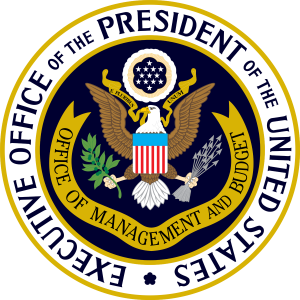 On March 2, 2020, the Environmental Protection Agency revised its “On-Site Civil Inspection Procedures” in accordance with Executive Order 13892 . (The rules are located at 40 CFR Part 31.) These rules set forth the components of an appropriate inspection procedure. Briefly, the rules require that, after the inspector’s credential are made available, the object of the inspection will be discussed (and most inspections will be held during regular working hours), consent to enter must be obtained, there should be an opening and a closing conference with facility representatives, safety protocols must be observed, confidential business information must be protected, and there will be an opportunity for split sampling. Once the report is completed, it will be shared with the facility.
On March 2, 2020, the Environmental Protection Agency revised its “On-Site Civil Inspection Procedures” in accordance with Executive Order 13892 . (The rules are located at 40 CFR Part 31.) These rules set forth the components of an appropriate inspection procedure. Briefly, the rules require that, after the inspector’s credential are made available, the object of the inspection will be discussed (and most inspections will be held during regular working hours), consent to enter must be obtained, there should be an opening and a closing conference with facility representatives, safety protocols must be observed, confidential business information must be protected, and there will be an opportunity for split sampling. Once the report is completed, it will be shared with the facility.
A few months later, on August 31, 2020, the Office of Management and Budget’s Office of Information and Regulatory Affairs (OIRA) circulated a memo to the heads of all federal agencies to implement the principles of fairness in administrative enforcement and adjudication. This directive implements Executive Order 13924, and incudes a comprehensive list of “best practices” that should be employed in their administrative enforcement and adjudicative actions. Briefly, these best practices (which are framed in broad terms) are:
- The government has the burden of proving a violation of the rules or other authorities;
- Administrative enforcement should be proportionate and fair, closed out expeditiously, rules of agency procedure governing civil administrative inspections should be published;
- Administrative adjudicative personnel should operate independently of agency enforcement staff;
- Consistent with considerations of confidentiality, relevant evidence should be shared with the subject of an enforcement action;
- All rules of evidence should be public, clear and effective (noting problems with hearsay evidence);
- Penalties should be proportionate, transparent and imposed in accordance with consistent standards;
- Administrative enforcement should be free of government coercion;
- Liability should be imposed only for violations of statutes or clearly worded regulations;
- Administrative enforcement should be free of unfair surprise;
- And agencies must be accountable for administrative enforcement decisions.
Over time, these OMB requirements should be incorporated in federal agency regulations.
 Gravel2Gavel Construction & Real Estate Law Blog
Gravel2Gavel Construction & Real Estate Law Blog


